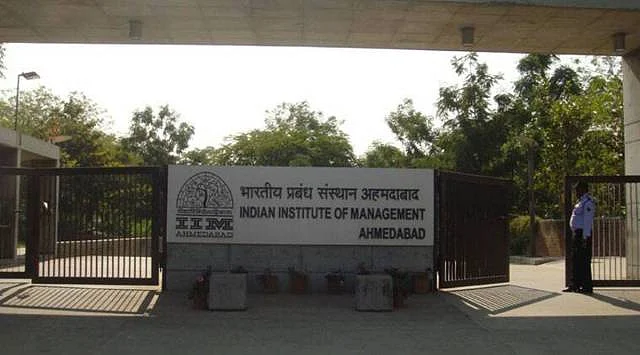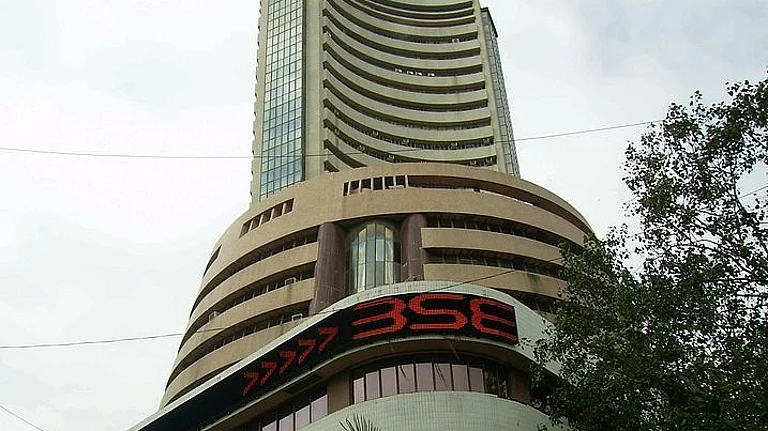An analysis of the results of companies resolved under the Insolvency and Bankruptcy Code (IBC) by the Indian Institute of Management Ahmedabad (IIMA) showed that average sales increased by 76 per cent three years after the resolution, and the accumulation of tangible assets increased by 50 per cent.
The analysis discovered that under the IBC, hotels and restaurants had the highest recovery rates for creditors, while companies that provide gas, electricity and water supply had the lowest rates, according to report by Business Standard.
The study found that the average recovery rate in IBC is roughly 33.2 per cent.
“The highest recovery rates are not for asset-heavy industries but for asset-light industries with substantial intangible assets. It also highlights the importance of an auction to realise the going concern value of an entity,” the study noted.
The study, which examined the post-IBC results of the companies, discovered that although the net margins were negative, the resolved firms had achieved operational break-even during the post-resolution phase.
Additionally, the study found that the average employee expenses increased by 50 per cent, indicating a higher employment intensity in the resolved enterprises in the specified category following resolution.
The average total assets of these enterprises have increased by around 50 per cent, indicating a build-up of tangible assets on the balance sheet.
The Insolvency and Bankruptcy Board of India (IBBI) emphasized in its quarterly newsletter that it is crucial to understand that the success of resolving financial issues goes beyond just the amount of money recovered.
Despite the fact that the IIM analysis shows that these companies have greatly improved their performance in the post-resolution phase, IBC experts have identified a number of difficulties these organisations now face, ranging from cultural shifts to legal concerns to managerial overhauls.
For example, in the case of Jaypee Infratech, litigation pertaining to homebuyers' claims and other outstanding dues persisted even after a resolution plan was accepted.































